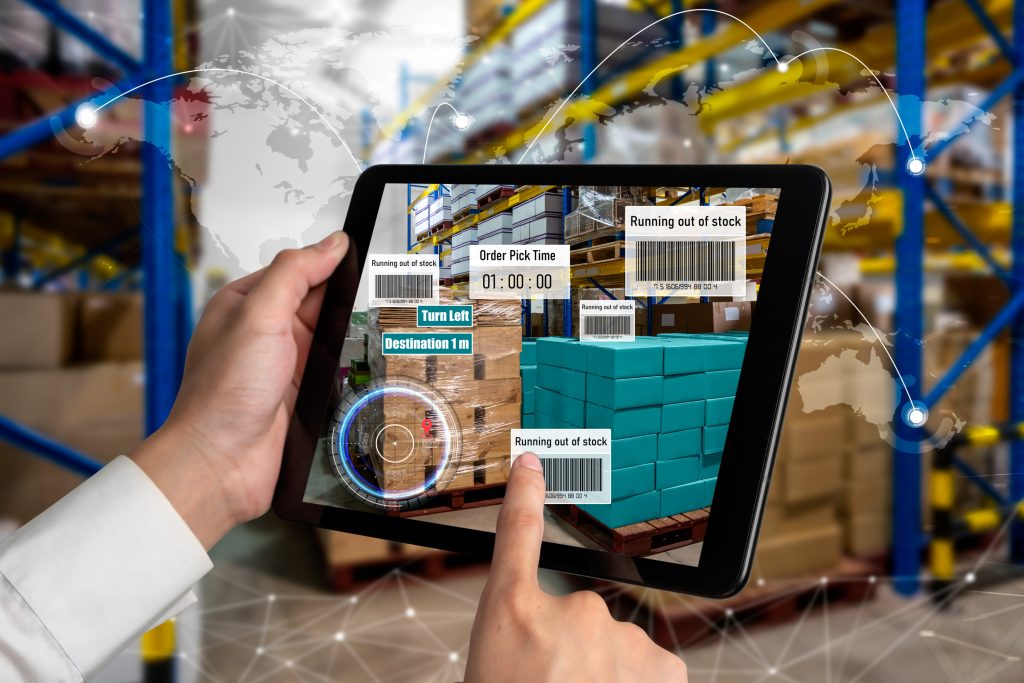Target is investing $100 million to build supply chain hubs that will help the retailer fulfill online orders at a much lower cost, according to CNBC.
Target plans to have “at least 15 of the facilities, dubbed sortation centers, by the end of January 2026” CNBC reports. Currently the retailer has nine, after initially testing the idea in Minneapolis before expanding it.
These sortation centers, which are separate from its retail stores, take off some of the pressure from retail store employees, and can help reducing shipping costs. Furthermore, it lets Target expand its e-commerce efforts in dedicated facilities, without pulling resources directly from its current retail operations.
Pivoting to dedicated hubs to fulfill e-commerce orders represents a significant shift in strategy for Target, as it adjusts to slower e-commerce sales and managing an influx of inventory. Over the years, the big-box retailer has relied on its physical stores to fulfill the vast majority of e-commerce sales.
In fact, CNBC says that Target has turned roughly 1,950 of its locations into mini warehouses employees fulfill the majority of e-commerce orders. But, with the current economic climate, Target—along with other retailers—has had to shift its focus and look at ways to lower costs.
During Target’s Q3 2022 earnings, Brian Cornell, the chairman and CEO said “consumers reigned in their spending as was feared towards the end of October and early November and noted a meaningful shift to customer spending habits as shoppers dealt with stubborn inflation and broader economic woes.
By and large, Target has been an innovator in the e-commerce space. The retailer’s mobile app has been a key driver of its e-commerce growth, with features such as a barcode scanner, personalized recommendations, and in-store navigation. Target has also expanded its online product offerings, and partners with third-party sellers to offer a wider range of products to its online customers.
This latest push towards centralizing fulfillment will help Target streamline its e-commerce efforts.
According to Gretchen McCarthy, Target’s Chief Global Supply Chain & Logistics Officer, Target expects to deliver 50 million packages in 2023 through the sortation centers—nearly double compared to 2022. Having a dedicated e-commerce infrastructure will allow Target to better compete in e-commerce, and develop from a physical retailer with an e-commerce appendage into a mature e-commerce player.
